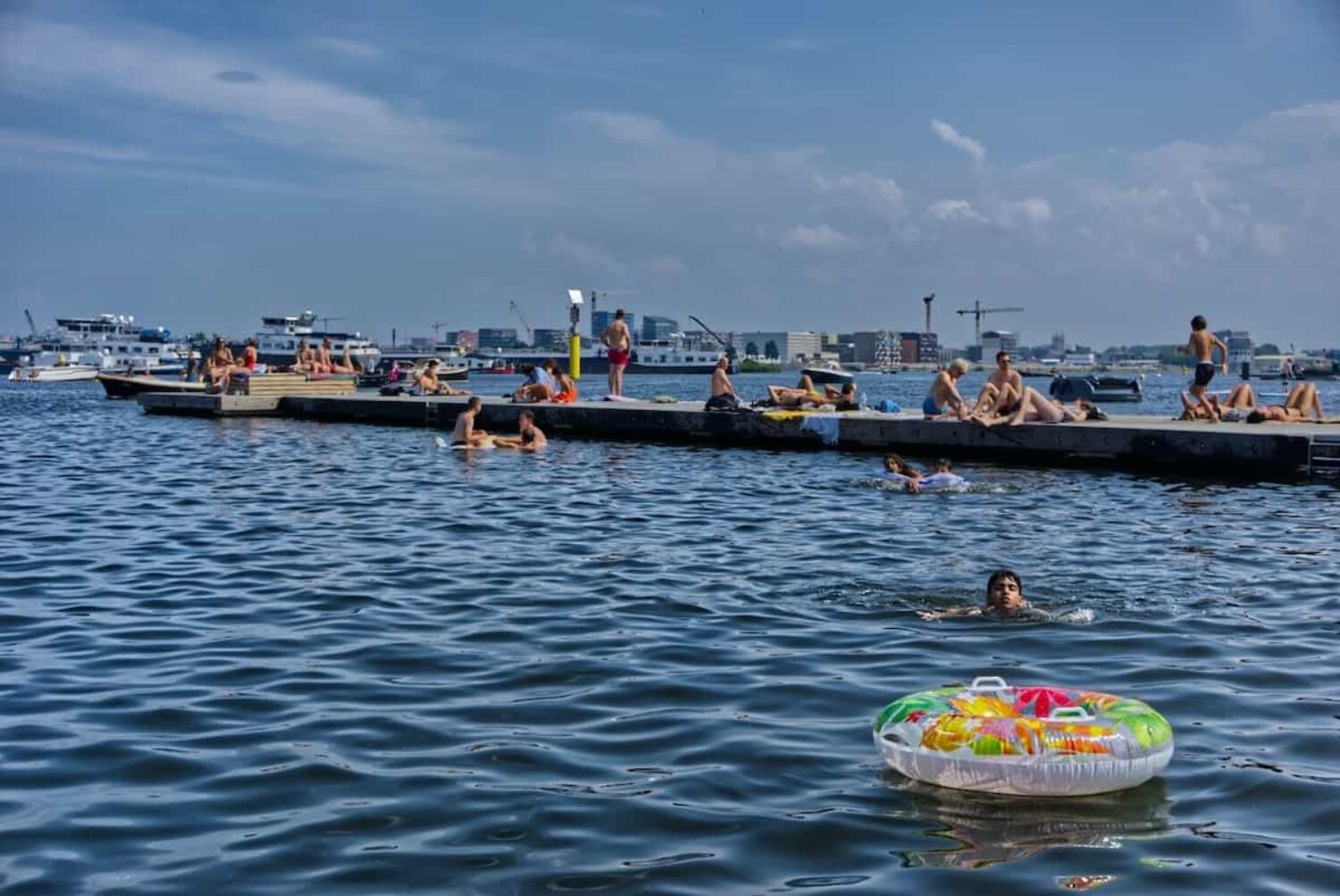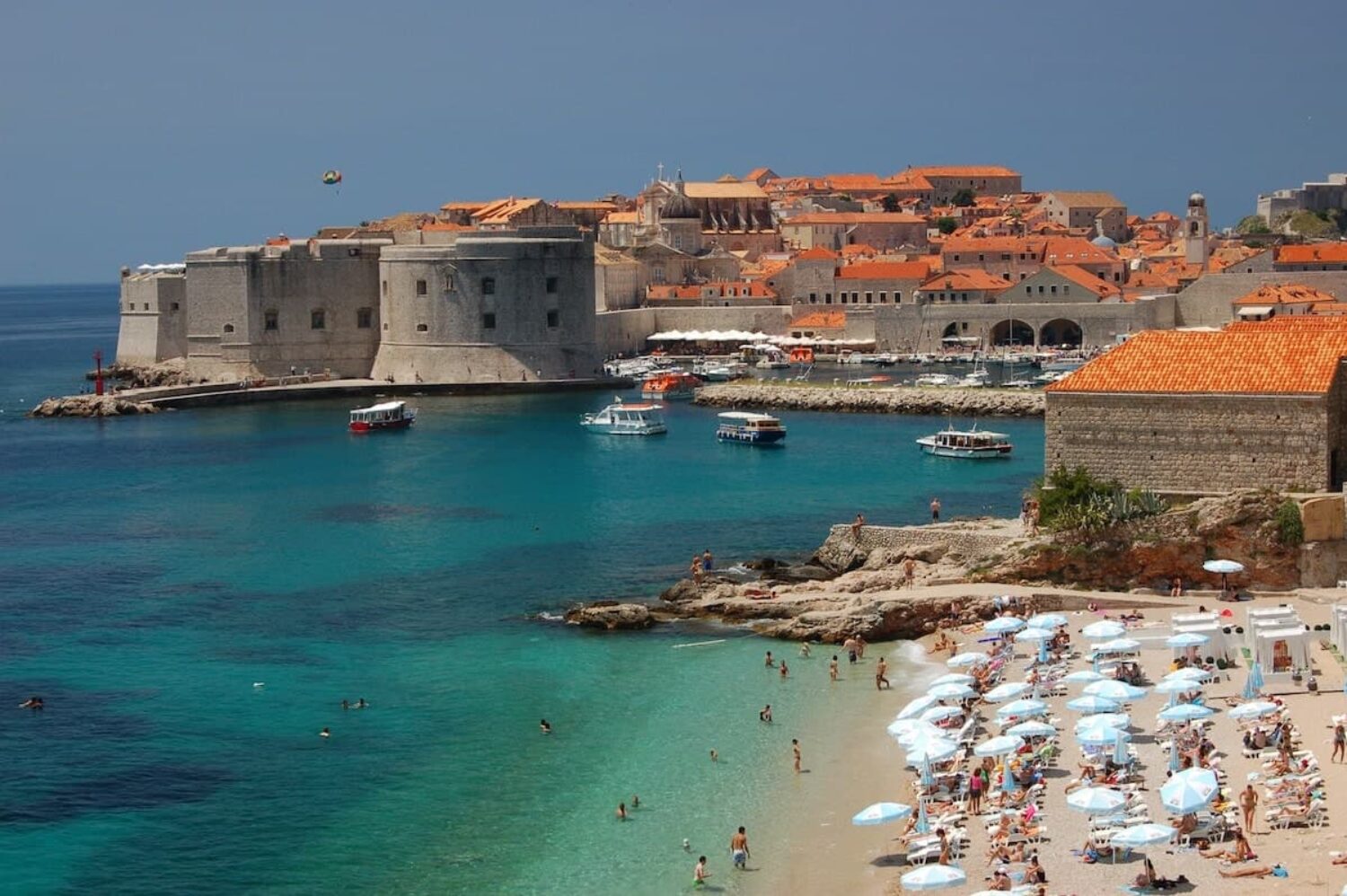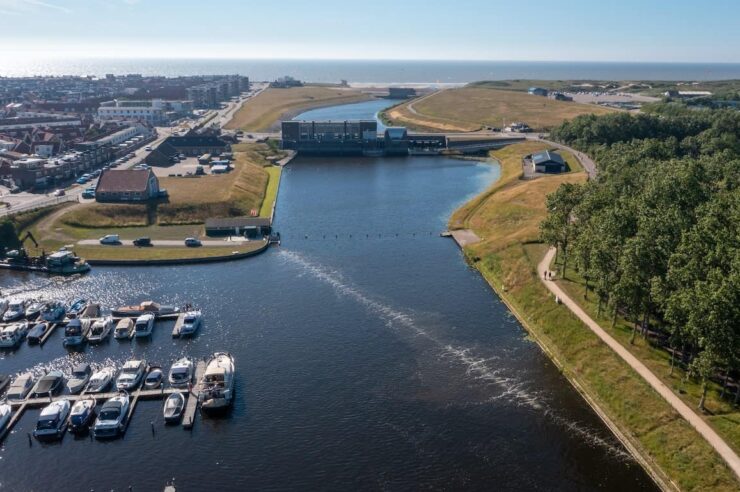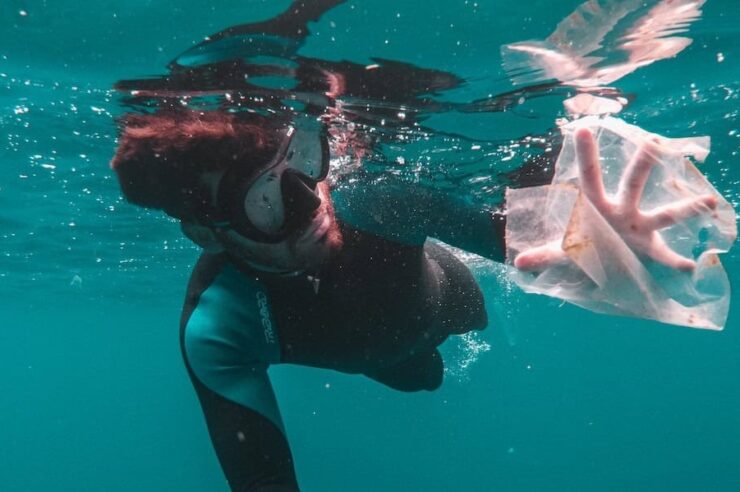What can be done about the UK’s deteriorating rivers and seas? For answers, look to European countries that have cleared up theirs, writes Tanja Radu, senior lecture in water engineering at Loughborough University
Almost all of the UK’s waterways are now considered too polluted to swim in. A 2022 House of Commons Committee report on the state of UK rivers concluded that no river in England was free from chemical contamination. Only 14 per cent of English rivers, it added, had a ‘good’ ecological status.
Both agricultural runoff and the release of untreated sewage are leading causes of river pollution in the UK, particularly England. In 2021, water companies discharged untreated sewage into English waterways for a combined total of more than 2.5m hours.
The discharge of sewage has happened for several different reasons. A lack of investment in dated infrastructure means the capacity of many sewage pipes is regularly exceeded. To avoid sewage backing up and flooding public spaces and people’s homes, water companies often release sewage elsewhere through the combined sewer overflow network.
The situation has not been helped by disruption to wastewater treatment chemical supplies following Brexit and Covid. The Environment Agency responded to these shortages by introducing temporary waivers in 2021, allowing water companies to release not-fully-treated effluents into the environment.
Raw sewage can affect human health and is a threat to wildlife. Not only does it contain harmful bacteria and viruses, sewage discharge floods rivers with nutrients that aid the development of algal blooms. These blooms prevent light from reaching deeper layers of water, so do not allow some plants to photosynthesise. They can even reduce the oxygen content of water, which worsens habitat quality.
Within Europe, the UK’s polluted waterways are largely an anomaly. Many other countries have reported significant improvements in bathing water quality in recent decades – indeed, bathing is now possible in some capital cities including Amsterdam, Berlin, Copenhagen and Vienna.

Come on in, the water's lovely: swimmers take a dip in Amsterdam. Image: Larry Lamoen
Between 1991 and 2019, the percentage of Europe’s bathing waters with ‘excellent’ water quality increased from 53 per cent to 85 per cent. In several countries, including Austria, Greece and Malta, more than 95 per cent of bathing sites are now classified as excellent.
So, what lessons can the UK learn from European countries that have cleaned up their act?
1. Croatia
In 2009, only 44 per cent of Croatians had access to wastewater collection systems, and less than 25 per cent to any form of wastewater treatment. The practice of discharging untreated sewage into the Adriatic Sea reduced the quality of Croatia’s coastal waters.
But between 2009 and 2015, a World Bank loan worth $87.5 million (£70m) funded a project to improve sanitation in Croatia. This included the construction of 14 new wastewater treatment plants and the installation of 162km of sewerage networks.
By 2016, the percentage of Croatia’s population with access to wastewater services had increased to 72 per cent. And the quality of Croatia’s coastal waters continues to improve. In 2021, 95.7 per cent of its bathing water sites had excellent water quality.

Once heavily polluted, Croatia’s Adriatic coastline is cleaner than ever. Image:
2. Germany
The Ruhr river in western Germany flows through the country’s major industrial Ruhr region. In 1971, bathing in the river was banned due to heavy pollution, both from sewage and chemical effluent from the local steel and mining industries.
Between 2010 and 2015, the German Federal Ministry of Education and Research funded a research project called Safe Ruhr, which targeted the return of bathing sites to the river. The project combined extensive wastewater treatment with monitoring water quality, modelling routes by which bacteria and viruses enter the river, and developing an early warning system for short-term water pollution.
The project succeeded in reopening the popular bathing site at Lake Baldeney, to the south of city of Essen, in 2017.

Closed to bathers in the 1970s, the Ruhr is welcoming swimmers again. Image: Pascal Salewski
3. Albania
In 2015, 40 per cent of Albania’s bathing waters were classified as poor. This was largely the consequence of the country’s underdeveloped water supply and sewerage network.
But in recent years, bathing water quality in coastal areas of Albania has improved significantly. More than two-thirds of the country’s bathing sites are now of excellent quality, including some of the country’s biggest tourist destinations, such as Durrës in western Albania.
With the help of funding from the World Bank, local sewerage networks have been improved. Five new wastewater treatment plants have been installed along the coastline of Durrës, with capacity to serve half a million residents.
This investment quickly improved bathing water quality. By 2019, just 5.9 per cent of Albania’s bathing sites were of poor status.

Albania has made great strides in cleaning up its waters. Image: Polina Rytova
4. Italy
The water quality in Lake Varese, a small lake in the north of Italy, had deteriorated over a long period since the 1960s. This was the result of extensive algal blooms that were likely caused by nutrient enrichment from industrial effluent.
Since the 1990s, however, a research programme supported by the European Commission and the Italian Ministry of the Environment has restored the lake’s water quality. In 2000 and 2001, nutrients were removed directly from the lake through methods including nutrient inactivation and dredging. Two of the lake’s three bathing sites are now of excellent quality.
What next for the UK?
Water quality is now a major political issue in the UK. The leader of the Labour Party, Keir Starmer, recently accused the government of “turning Britain’s waterways into an open sewer”.
Scrutiny such as this has prompted the UK government to confirm its plans to raise the cap on fines for water companies that are found to be polluting the environment. Already last year, new requirements had been imposed on these companies to invest £56 billion in water infrastructure by 2050, in order to reduce sewage discharges.
But it remains to be seen if such mounting pressure will result in the UK’s rivers, lakes and coastlines becoming safer for bathing. Looking to Europe for inspiration, it should invest heavily in wastewater and sewerage infrastructure and on water monitoring, so that many more of us can enjoy swimming in our natural surroundings.
This article is republished from The Conversation under a Creative Commons license. Read the original article.
Main image: Sneksy/iStock
![]()
Help us break the bad news bias
Positive News is helping more people than ever to get a balanced and uplifting view of the world. While doom and gloom dominates other news outlets, our solutions journalism exists to support your wellbeing and empower you to make a difference towards a better future. And as Positive News’ audience and impact grows, we’re showing the rest of the media that good news matters.
But our reporting has a cost and, as an independent, not-for-profit media organisation, we rely on the financial backing of our readers. If you value what we do and can afford to, please consider making a one-off or regular contribution as a Positive News supporter. From as little as £1 per month, you’ll be directly funding the production and sharing of our stories – helping them to benefit many more people.
Join our community today, and together, we’ll change the news for good.






